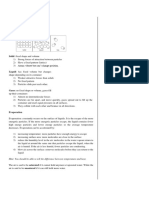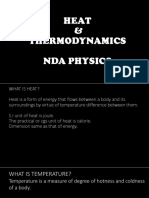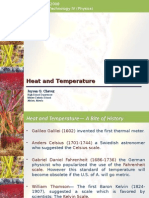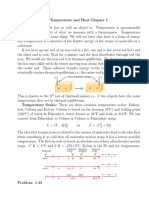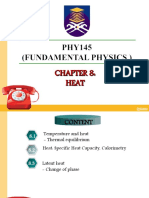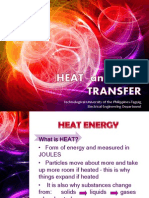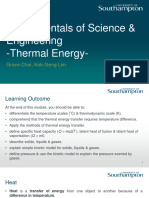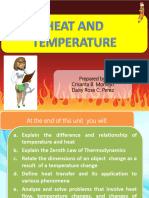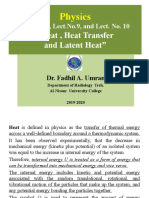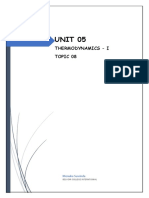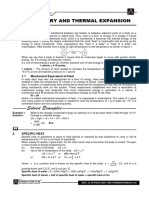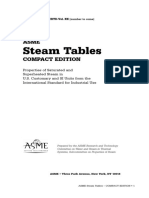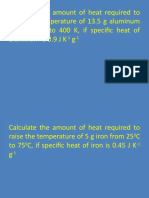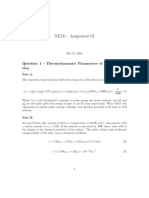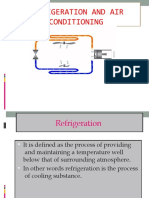0% found this document useful (0 votes)
26 views53 pagesHeat
This document covers the concepts of heat, temperature, and thermal energy, detailing their definitions, measurement scales, and methods of heat transfer including conduction, convection, and radiation. It explains specific heat capacity, calorimetry, phase changes, and the laws of thermodynamics, emphasizing the implications of energy transfer in various systems. Additionally, it provides examples and calculations related to these concepts to enhance understanding.
Uploaded by
thayladee2009Copyright
© © All Rights Reserved
We take content rights seriously. If you suspect this is your content, claim it here.
Available Formats
Download as PDF, TXT or read online on Scribd
0% found this document useful (0 votes)
26 views53 pagesHeat
This document covers the concepts of heat, temperature, and thermal energy, detailing their definitions, measurement scales, and methods of heat transfer including conduction, convection, and radiation. It explains specific heat capacity, calorimetry, phase changes, and the laws of thermodynamics, emphasizing the implications of energy transfer in various systems. Additionally, it provides examples and calculations related to these concepts to enhance understanding.
Uploaded by
thayladee2009Copyright
© © All Rights Reserved
We take content rights seriously. If you suspect this is your content, claim it here.
Available Formats
Download as PDF, TXT or read online on Scribd
/ 53










